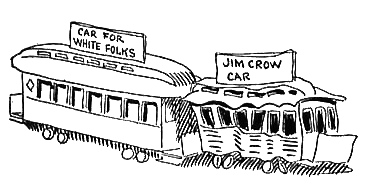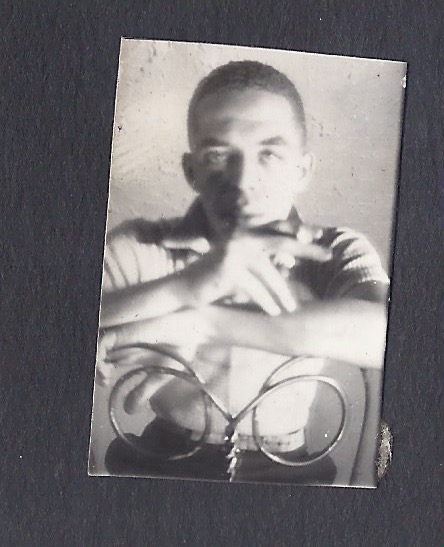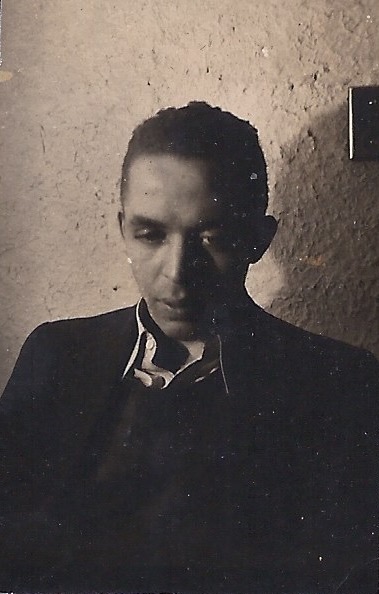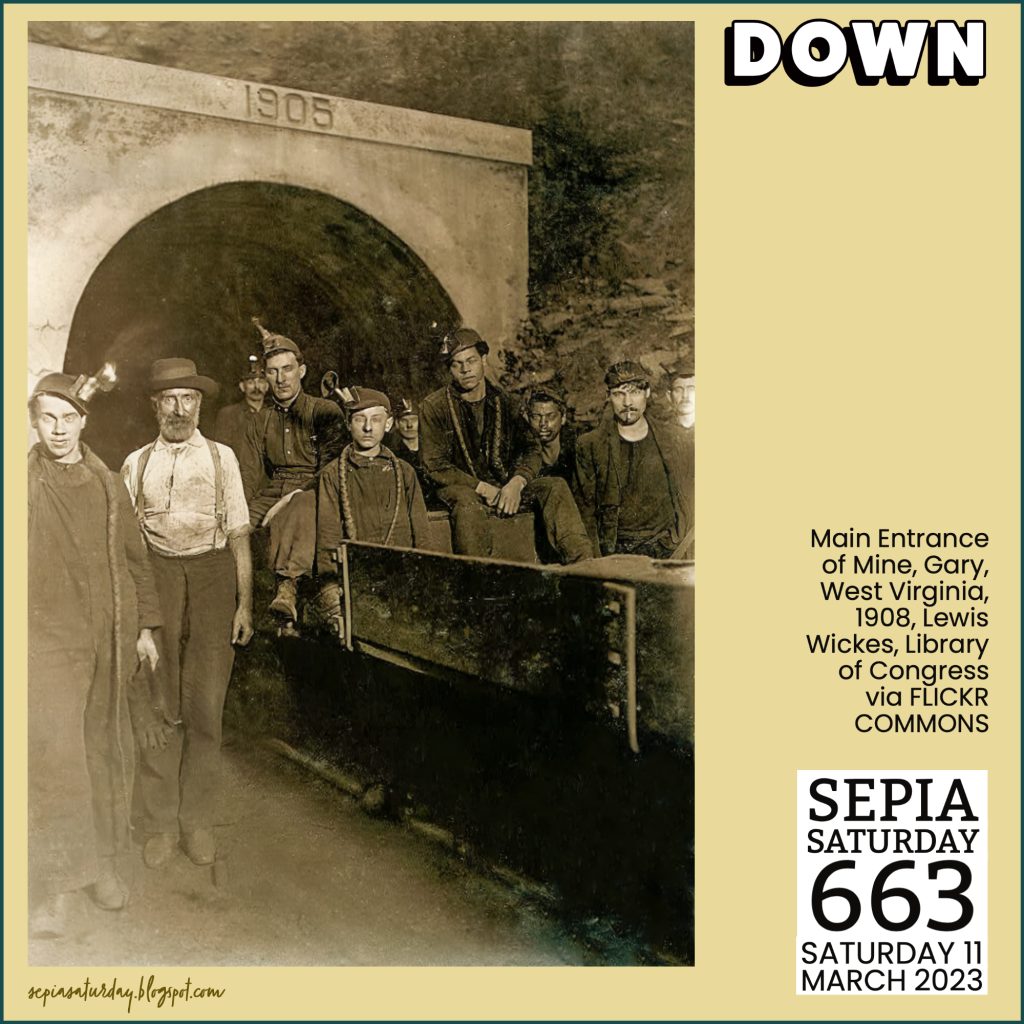A Way of Travel
“From the 1830s through the 1950s, people traveled in trains pulled by steam locomotives. Cars in these trains were almost always arranged in a particular order—an order that reflected social hierarchy. Coal-burning steam engines spewed smoke and cinders into the air, so the most privileged passengers sat as far away from the locomotive as possible. The first passenger cars—the coaches—were separated from the locomotive by the mail and baggage cars. In the South in the first half of the 20th century, the first coaches were “Jim Crow cars,” designated for black riders only. Passenger coaches for whites then followed. Long-distance trains had a dining car, located between the coaches and any sleeping cars. Overnight trains included sleeping cars—toward the back because travelers in these higher-priced cars wanted to be far away from the locomotive’s smoke. A parlor or observation car usually brought up the rear“
*****
My father was 18 in June of 1929 when he graduated from Northwestern High School in Detroit. That fall he entered Wayne State University. After a year, he decided he wanted to attend a black college and for a year he went to Fisk University in Nashville, Tennessee. He had been to his father’s hometown of Athens, Tennessee with his family while growing up to visit family that remained there. They always drove down, stopping with relatives or friends on the way because hotels were segregated and unavailable to black travelers. This was my father’s first time riding in a segregated Jim Crow car.
In a 1967 sermon titled “An Enemy Hath Done This“, he reminisces about this trip. I have excerpted it from the book “The Black Messiah” by Albert B. Cleage, Jr., pages 160 and 161. Published by Sheed & Ward 1968
Thoughts on a Jim Crow Car
by
Albert B. Cleage Jr.
I remember a few years ago when black folks were forced to ride in Jim Crow Cars, I went down South. It was a horrible thing to sit there in a Jim Crow car and wonder why all of us should be jammed into this little car just because we were black. It was the first time I had been down South, and I was very ignorant. I couldn’t even find the car to begin with. When you climbed into that car you had to have some kind of sinking feeling that there had to be something wrong with you. You knew the man was right because it was his train. It was his station. He was letting you ride. He had to be right. So you couldn’t help thinking that the man wouldn’t be putting me way back on this old beat-up piece of car unless there was something wrong with me.
Even then, on a Jim Crow car, there was a better feeling than in the plush cars in which the white folks rode. Sometimes we over look those little things, but honestly, the first time I rode on a Jim Crow car I said, “This is the nicest train I have ever been on.” I was going down to Fisk, my first year in college. It was the nicest train car I have ever been on because the people had something together. We ought to have been tearing up the train because we had no business back there. But instead, we were laughing and talking and sharing our lunch, you know, the shoe box with fried chicken and soul food. You know how you how white folks act on a train, everybody taking care of his own business and looking all evil at everybody else. Well, these folks were saying, “Won’t you have some?” and walking up and down the aisle and making sure everybody did have some. With no white folks around, everyone was relaxed and friendly. I thought to myself, this is another kind of train. It is a Jim Crow thing the white man has put us in but even here we have something he doesn’t know anything about.
That didn’t justify it because we had no business in there, sweet as it was. There was something wrong with it, and deep down inside all of us knew it. One of the things that made us friendly was the fact that we were sharing the same kind of oppression. We all hated the same man. I know you would like me to say it another way, we were unfriendly to the same man, or something. But we were together because the man forced us together, and this little Jim Crow car symbolized it. When we got off the car, it didn’t matter where the station was, we all headed straight for wherever it was black folks lived. The car was just a symbol of the life that we lived. I had never been on a Jim Crow car but I had lived in a Jim Crow community all of my life
This Segregated railway car offers a visceral reminder of the Jim Crow era
Jim Crow Journeys: An Excerpt from Traveling Black
From Jim Crow to Now: On the Realities of Traveling While Black




What an experience to have gone through! I’m glad he put it into a sermon, to share with others who may or may not have had similar train rides. Yes, the two levels of emotions are well described, the fearful wariness of the “man” and the joyful comaraderie of being together with others like himself. What a life! What a legacy! And so much of this still is part of our un-civilized world.
Probably much of the congregation had had that experience. Those who were in his age range.
Thank you so much for sharing what he wrote. He said it all so well and showed just how wonderful the human spirit can be under the crummiest of circumstances. We’ve come a fairly good way since then, but we still have a long way to go!
I was glad to find it because I had been reading other people’s accounts of traveling in the Jim Crow car, but to find my father’s made it so personal.
Sad, but such an important testimony and reminder. In Sweden I know we used to have 1st, 2nd and 3rd class on the trains. 3rd class (for the poorest people) was skipped before my lifetime, I think.
On the trains now we have coach and first class would be the sleeper car passengers. At least that’s how it was last time I took a train which was at least 12 years ago.
Thank you for sharing your father’s story. I don’t think I’ve read a perspective like that which condemns racism and segregation and yet praises the unity it created among black folk. In the course of history, oppression and discrimination often brings people together to oppose injustice.
There were a lot of feelings like that expressed in the black community. Not just bringing people together to oppose injustice, but bringing us together as a community to live as a community. For instance how the segregated schools of the south had inferior supplies, school years and buildings etc, the teachers were said to be really concerned about the children learning.
Thank you for sharing your father’s experience! So thankful he included this in a sermon.
Thank you for commenting on it!
Thank you for posting this wonder story:) inspirational thoughts:) taking the worst and finding good,I love when you find that,God is awesome,I did not live in this era, it was appalling 🙁
Jane! So nice to have you comment. I also missed this particular time period. I don’t believe I would have ever taken a train south if I had been old enough to travel.
Your father has written such a powerful and moving account of his experiences on aJim Crow train carriage. Thank you forbsharing it with us , as it deserves a wide circulation.
I had never heard about his train trip south so I was very glad to find the sermon. Although my aunts and uncles talked about their lives growing up, my father was busy talking about the here and now.
Life was complex then and it is complex now. I wonder what moments we might look back on and miss among the atrocities of our time.
I will have to think about that because nothing comes to mind.
Reading your father’s experience in his own words was both painful, because of the racism of segregation, and heartening, because of the solidarity of Black travelers with one another in the face of extreme adversity. Finding a story told directly by an ancestor does indeed personalize history. See you in April if you decide to join the challenge (hope you do!).
I hope to, but I’m having trouble pinning down a theme. Which means I haven’t written anything yet.